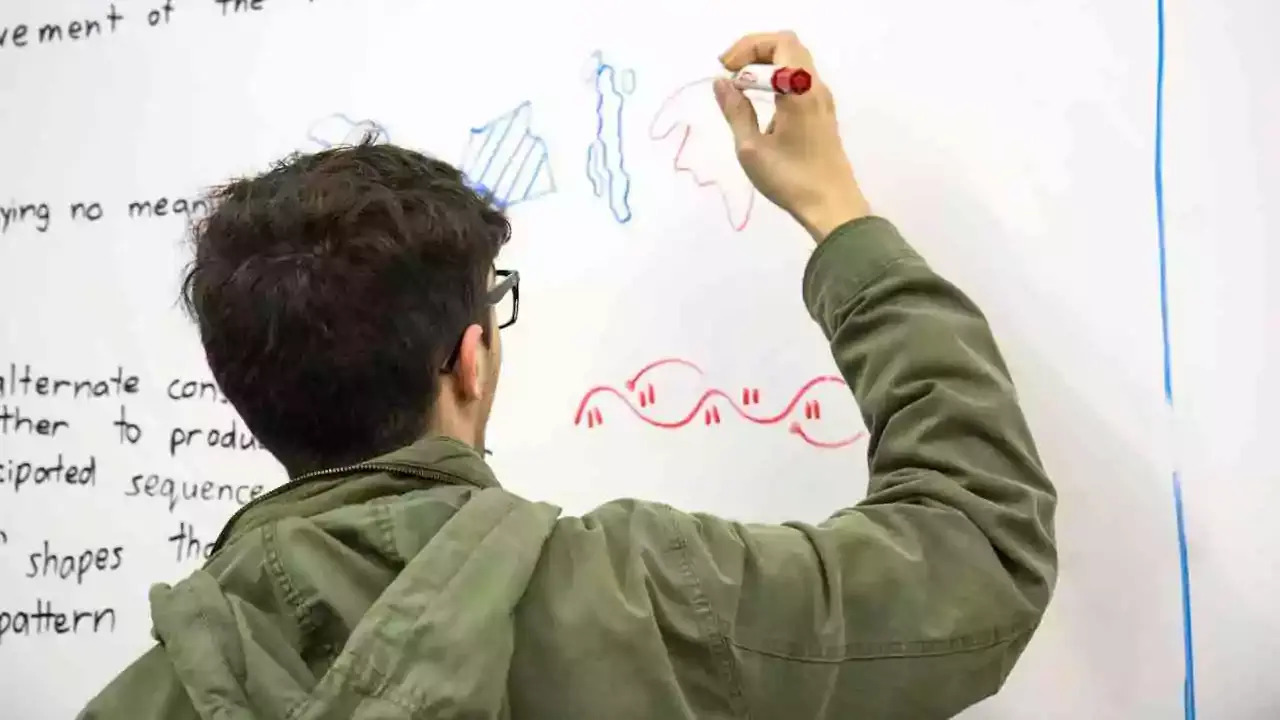Science
China Conquers Space: First an Asteroid, Then a Distant Comet
15 July 2025

The objectives and operating principles of education are in a perpetual state of evolution. It is valuable to examine the practices employed in various countries across different continents, such as in North America. Three countries, three distinct experiences, and unconventional solutions. In Mexico, there is an endeavor to systematically provide educational opportunities that focus on skills beneficial not just within the school environment but beyond its completion. In the United States, the search for individualized approaches in a universal setting continues. In Canada, the utilization of bilingual education is turning students into proficient global citizens.
The world has long functioned as a global village, with students from various educational systems today learning on one continent, potentially living in a wholly different reality tomorrow. It is beneficial to explore, learn from, and implement solutions from diverse environments, such as the varied offerings from North America.
In Mexico, educational reforms were initiated under President Andrés Manuel López Obrador. The reform introduced, among other things, a constitutional amendment granting Mexican children the right to high-level education and expanding access to universal education. The new regulations encompassed changes in the national curriculum and a greater emphasis on classroom integration. The premise is that this new approach to education will enhance individual work skills and problem-solving abilities. This is intended to better equip future workers to adapt to new technologies and changes in the workplace. The implemented solutions aim to develop human capital and increase the utilization of funds allocated for the development of various sectors. Education is expected to facilitate the diffusion of technology, leading to increased productivity.
Moreover, it should enable the transfer of knowledge among workers and across generations, resulting in economic growth and improved conditions for all. The proposed solutions are systemic in nature. Their implementation depends not only on state policy but also on local conditions. Mexico is a large and diverse country. The implemented solutions yield much better results in the more developed North and require greater commitment in the South. Wherever qualitative changes are expected, preceding financial investment is necessary.

The United States of America, another vast country on the American continent, exhibits great diversity in its approaches to education. An interesting example is the varied approach to evolution and creationism. For decades, some states limited the teaching of Darwinian theories suggesting that humans evolved from primates. Moreover, despite regular legal challenges, both theories are still taught simultaneously, subjecting evolutionary principles to radical scrutiny under the guise of practicing critical thinking.
What unifies the education system in the USA is the widespread testing of student achievement levels. Each state’s authorities are responsible for setting goals and conducting standardized tests in mathematics and English. They can also apply for federal grants to support reading and writing skills. This ensures measurable, high-quality education for children in less fortunate financial situations. This situation is a consequence of the early-century No Child Left Behind Act of 2001, aimed at eliminating the gap between privileged children and those in less favorable life situations. It has since been strengthened by the updated legal solutions called The Every Student Succeeds Act.
The diversity of offers in the United States targeted at different student groups can be seen by looking at institutions that deviate from systematic principles. One example is charter schools. These public institutions emerged from the “small schools movement.” They operate independently of local authority and can be created by groups of parents, companies, social leaders, or teachers. The starting point is the development of a statute and obtaining its approval by the state or a state body responsible for evaluating proposals. Acceptance also means assuming responsibility for funding the school, dependent on the number of students.
We recommend: A Pedagogy of Self-Reliance
Charter schools are characterized by high autonomy, lack of traditional bureaucracy, and complete responsibility for their students’ successes. Importantly, these schools are universally accessible. They admit students on a first-come, first-served basis or by lottery. Moreover, they do not charge tuition. Each school is different and follows its educational philosophy. If a school fails to meet its goals, the state can revoke its permission to operate, and the school is closed.
Another type of educational organization in the USA is magnet schools. Commonly found in large cities, they are part of the public education system. They cover many educational levels, from elementary to middle and high schools. The key idea behind their operation is to attract students with specific interests and talents. However, they are highly selective. Candidates must pass an entrance test and interview. Programmatically, they focus on a chosen field, such as elite sports, commerce, natural sciences, fine arts, etc. They offer a specialized curriculum and a wide range of additional options. Class sizes and the ratio of teachers to students are smaller than in regular public schools, and the quality of education and academic achievements are often higher. Research shows that these schools positively impact student outcomes and attendance. There are about 2,000 charter schools and over 3,500 magnet schools in the United States.
The American education system not only offers various organizational solutions but also cares about an extremely flexible and diverse approach to teaching and learning. Students have a vast number of subjects to choose from. Education in the States is inherently dynamic, valuing debate and diversity of opinions. Students are expected to make decisions about the direction of their education only after spending more time analyzing various possibilities and options. This approach is reinforced by the flexibility of the curriculum offered at each level of the system.
In terms of area, Canada is the second-largest country in the world. Its society is also incredibly diverse. Thus, one of the government’s priorities is to ensure equal educational opportunities for all students. This is observed by Andreas Schleicher, Director of Education at the OECD, who emphasizes that the main theme uniting Canada is equality. This is evident in the high academic performance of children of immigrants. Professor John Jerrim from the UCL Institute of Education in London points out that Canada’s high position in rankings reflects the small socio-economic differences in school outcomes. This is one of the effects of the high expectations immigrant families have regarding their children’s education. These expectations likely improve the students’ academic results.
Perhaps that is why Maple Bear is a particular “export product” of Canada – it is a concept for organizing student learning based on experiences in bilingual education. The specificity of this project lies in its focus on the student and learning in a safe and stimulating environment. The practice of developing knowledge and skills in a practical way is also significant. Canadian teaching methodology encourages creativity, research, experimentation, discovery, problem-solving, decision-making, willingness to take intellectual risks, and sharing information. The primary goal of schools and teachers is to educate independent students capable of adapting to changes in the modern world and genuinely passionate about learning.
The proposed program engages, challenges, and involves students in learning, emphasizing problem-solving skills necessary for success in the 21st century. It makes students:
Instead of viewing high levels of immigration as a potential limitation on outcomes, Canadians use it as a foundation for genuine success. They build a truly cohesive system. As a result, besides small differences between rich and poor students, differences in outcomes between schools are very small compared to the average for developed countries. Every student, in every place, can achieve everything their abilities allow.
Learn more:
Translation: Klaudia Tarasiewicz


Science
13 July 2025

Zmień tryb na ciemny